Bold & courageous, this 'Lion Dog' is a big dog trapped in a small body

Pekingese Spotlight
- One of the oldest dog breeds
- Former companion of Buddhist Monks and Chinese rulers
- Double-coated
- Low energy level
- Not tolerant of extreme heat
- Good for first-time dog owners
- Affectionate, independent and a little stubborn
- Not easy to house-train
History
The Pekingese has been confirmed as one of the world’s oldest dog breeds. The breed’s name comes from the Chinese capital city of Peking, or Beijing as we know it today. Pekingese are said to have lived and been bred in this region for more than two millennia. As a testament to the breed’s long history, it has been portrayed in pieces of Chinese art dating back as far as the Tang dynasty, which ruled China during the 700s.
The Pekingese shares some of its physical characteristics and part of its history with the Shih Tzu, such as its role as a beloved companion for Chinese Buddhist Monks. Like the Shih Tzu, the Pekingese was commonly a resident in early Chinese palaces and is often affectionately referred to as the Lion Dog due to its appearance.
Also like the Shih Tzu, there was a point in the breed’s history during which Pekingese were considered to be sacred and were banned anywhere outside of the royal palace, meaning that only members of the royal family were to permitted to own or breed them. The Pekingese is neither high nor low in popularity today with a ranking of 83rd most popular dog breed on the American Kennel Club’s list. The Pekingese received AKC recognition in 1906.
Personality & Temperament
Pekingese are far more stubborn and independent than their furry, cuddly appearance might suggest. They make excellent watchdogs and will always be sure to alert their owners if someone is at the door or if they hear a strange noise outside. Despite the size of a Pekingese, these dogs are quite brave and will not hesitate to protect their owners from anything they deem as a threat, no matter how big or small. These loyal dogs are very sensitive and affectionate toward their families.
Early training is incredibly important for a Pekingese puppy. The breed is prone to developing small dog syndrome and all of the unwanted traits that come with it if proper training methods are not implemented. These traits include separation anxiety, acting vicious toward both strangers and other dogs and displaying signs of food and resource aggression.
However, it is important to note that these traits are not specific to or associated with the breed. If you properly train and socialize your Pekingese puppy at an early age, and make it clear to your puppy that you are the boss, you and your well-behaved dog will have many happy years together. Temperament can vary with each dog, so it is recommended that prospective Pekingese owners meet at least one of the parents of the litter to interact with the dog and get a good feel for its temperament before committing to one of its puppies.
Appearance & Grooming
The Pekingese is compact yet sturdy. A Pekingese will be anywhere from six to nine inches tall at the shoulder and will weigh anywhere from seven to fourteen pounds when fully grown. The head is wide but does not extend very far forward. The blunt muzzle is usually dark in coloration and the deep eyes are wide-set.
The neck is short, giving the appearance of a head that is not at all extended from the rest of the body. The double coat is comprised of a thick, soft bottom layer and a coarse, long top layer. Coat length can range, but longer fur is more desirable according to the breed standard. Coats can appear in a variety of colors and can have a variety of markings.
The Pekingese coat should be brushed on a weekly basis to remove any loose dead hair and to reduce shedding. Use of shedding comb or a brush with small bristles is recommended by groomers, and it is also recommended that Pekingese owners slightly dampen the dog’s coat with water before brushing to prevent the fur from breaking.
The skin folds on the dog’s face will need to be regularly checked and cleaned out to prevent buildup and any resulting issues or infections. A Pekingese will need to be bathed once or twice per month depending on how active the dog is and how much time it spends outside. The nails will also need to be trimmed once or twice per month.
Health
- Patellar luxation happens when a dog’s kneecap is dislocated from its original position. The issue is quite common, especially in toy and miniature breeds. The exact moment the dislocation occurs is typically the only time the dog will feel pain or discomfort, and signs that a dog has a dislocated kneecap include skipping, lameness and irregular movement.
- Respiratory issues are common in Pekingese as they are brachycephalic or short-headed which is a direct result of extensive efforts to breed them to have a certain appearance. Pekingese also have shortened airways, and the combination of these two characteristics makes them prone to breathing problems.
- Cataracts are not unique to terriers or other small breeds but they are certainly common. This issue is especially prevalent in diabetic dogs. Cataracts are a cloudiness in the lens on a dog’s eye and they don’t always impair the dog’s vision, but severe cases of cataracts often lead to complete blindness.
- Progressive retinal atrophy (PRA) is a cluster of diseases that impact the retina. The diseases cause the cells in the retina, which is located in the rear portion of the eye, to become abnormal. Most cases of PRA result in a complete loss of vision. This group of diseases is genetic, meaning that it is passed down, so not all Pekingese are at risk. Veterinarians recommend that breeding dogs receive annual eye exams to determine if they are carriers of the gene associated with PRA. When selecting your Pekingese puppy, be sure to work with a responsible breeder who tests for these abnormalities and is honest about the dog’s health backgrounds.
- Keratoconjunctivitis sicca or dry eye syndrome is relatively common in Pekingese and some other small breeds. Symptoms of dry eye syndrome include frequent blinking, fluid discharge, swelling of tissue around the eye and more, with severe cases of dry eye syndrome resulting in impaired vision or loss of vision altogether.
Exercise & Care
Pekingese have a relatively low energy level and do not require extensive exercise. Some members of the breed can be quite lazy and Pekingese are also known to be prone to weight gain, so it is important that even the most inactive dogs are walked on a daily basis to prevent obesity and other related health issues.
Pekingese have a high prey drive and should always be supervised during walks of off-leash playtime in enclosed areas. In terms of dietary needs it is important to work with your breeder and your veterinarian to determine a feeding schedule and a type of food that works best for your individual dog.
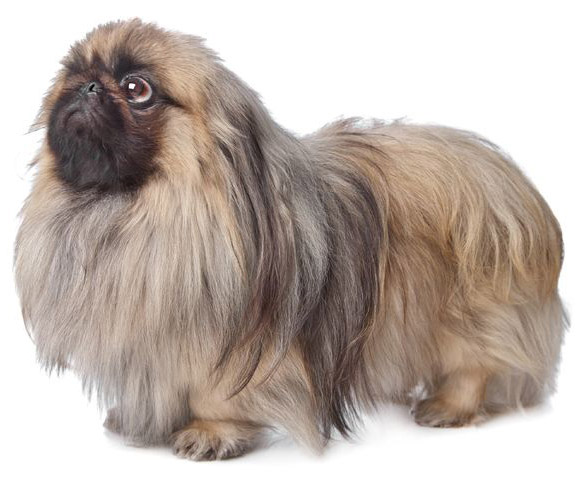
 China
China
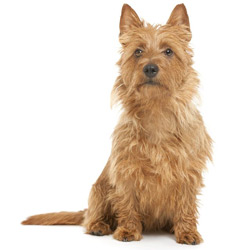
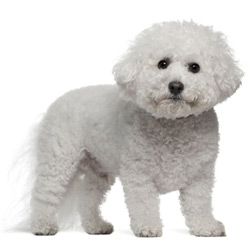
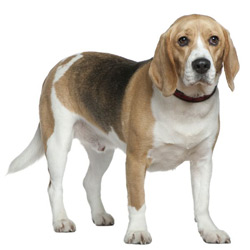
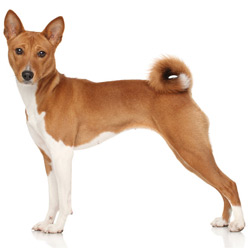
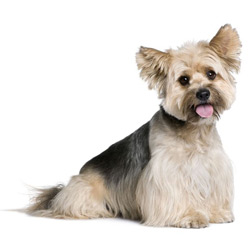
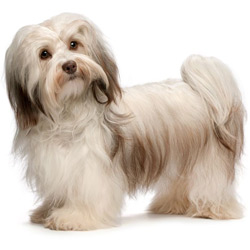
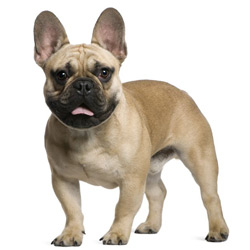
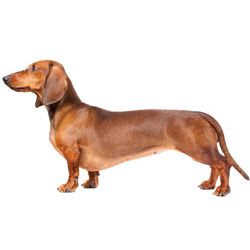
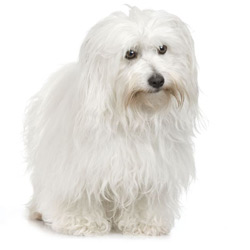
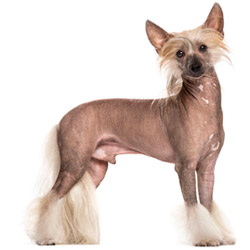
What do you think?